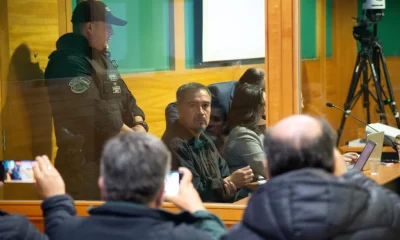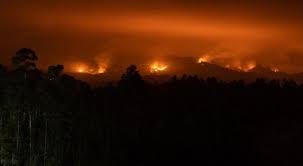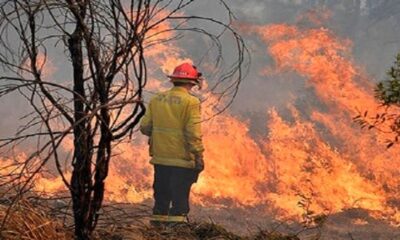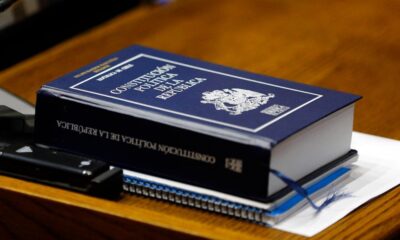International
Gabriel Boric closes January with an average approval rating of 27 %
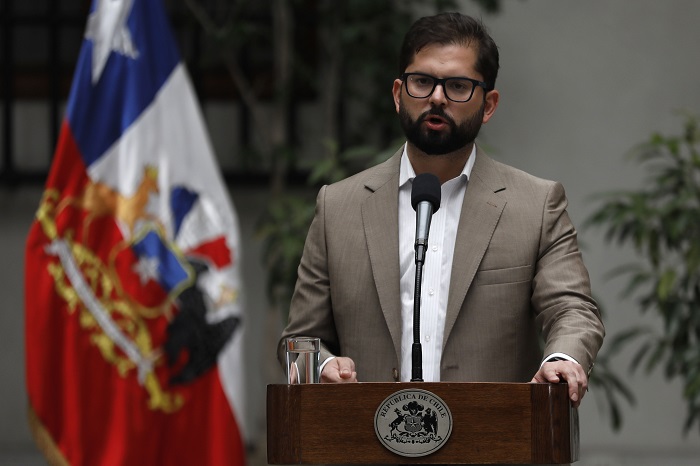
February 1st |
The President of Chile, Gabriel Boric, closed January with 27 % approval, three points less than the previous month. While disapproval reached 68 %, four points higher than the previous month, published the research firm Cadem in its latest survey.
This level of disapproval is the highest figure since he took office on March 11, 2022. In his first month in the Executive, Boric obtained 28 % of disapproval, but consecutively this percentage increased.
The following month it was 49 %, in May 53 %, in June 54 %, in July 57 %, in August 56 %, in September 57 %, in October 65 %, in November 63 % and in December 64 %.
Meanwhile, 68 % of the participants said that they have lost confidence in the leftist president and only 31 % trust him. When he came to power, Chileans gave him 54 % confidence.
In addition, 86 % of Chileans surveyed considered that Boric does not have the experience to govern. Cadem also shared that 68 % believe that he does not have the capacity to solve the country’s problems either.
Another 66 % considered that he will not be able to lead the necessary changes at the right pace. A 68 % said that he does not have authority and leadership and an equal percentage said the same about the government team, ministers and undersecretaries. Likewise, 69 % indicated that he does not have the capacity to manage crises.
The worst evaluated areas of Boric’s government are the fight against crime and drug trafficking, with 78 % disapproval; inflation, with 76 % disapproval; and immigration, with 82 % disapproval.
Other areas of disapproval are education, with 61 %; health, with 67 %; economy and employment, with 68 %; the Mapuche conflict, with 69 %; and public order, with 76 %.
On January 11, Congress approved the fifteenth extension of the state of emergency which continues in the Araucanía region and two Biobío regions until mid-February. This allows the President to order the deployment of the military in areas where Mapuche protests are taking place.
Translated with www.DeepL.com/Translator (free version)
International
Floods in Central Vietnam leave 28 dead, thousands displaced
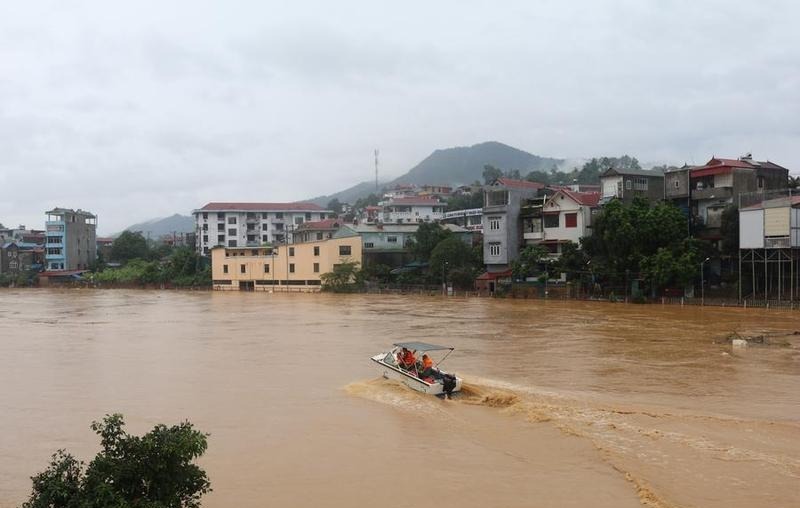
The death toll from heavy rains and flooding in central Vietnam has risen to 28, with six people reported missing and 43 injured, local newspaper VnExpress reported Friday night.
More than 22,100 homes remain flooded, primarily in the cities of Hue and Da Nang. Floods and landslides have destroyed or swept away 91 houses and damaged another 181, the report added.
Around 245,000 households are still without electricity, particularly in Da Nang, where over 225,000 homes are affected.
Additionally, 80 stretches of national highways are blocked or disrupted due to landslides. Authorities expect the flooding to continue for another day or two in the region.
International
FBI foils ISIS-Inspired attack in Michigan, arrests five teens
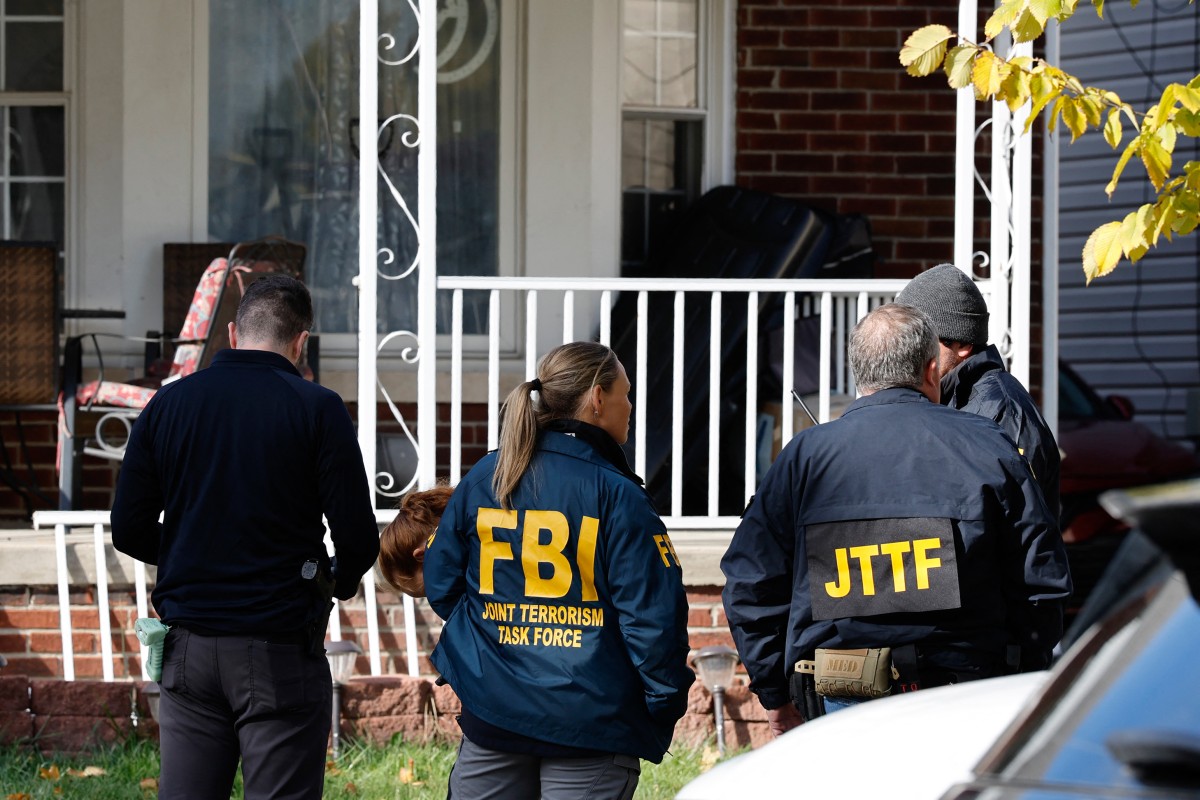
Kash Patel did not provide further details, but police sources told CBS News that the potential attack was “inspired” by the Islamic State (ISIS).
“This morning, the FBI thwarted a potential terrorist attack and arrested several individuals in Michigan who were allegedly planning a violent attack during the Halloween weekend,” Patel wrote on X.
“Thanks to swift action and close coordination with our local partners, a possible terrorist act was prevented before it could be carried out,” he added.
CBS reported that five people between the ages of 16 and 20 were arrested on Friday. At least one of them was reportedly acquainted with a former member of the Michigan National Guard, who was arrested in May for plotting an ISIS-inspired attack on a U.S. military facility in the Detroit suburbs.
International
U.S. warns China over Taiwan during high-level defense talks in Kuala Lumpur

U.S. Secretary of Defense Pete Hegseth expressed concerns over China’s growing military activity near Taiwan during a meeting on Friday with Chinese Defense Minister Dong Jun in Kuala Lumpur.
“It was a constructive and positive meeting,” Hegseth wrote on X. “I emphasized the importance of maintaining a balance of power in the Indo-Pacific and raised U.S. concerns about China’s actions around Taiwan,” the self-governed island that Beijing claims and does not rule out invading.
The meeting took place on the sidelines of the ASEAN Defense Ministers Meeting-Plus, one day after U.S. President Donald Trump met Chinese President Xi Jinping in Busan, South Korea. According to Trump, Taiwan was not discussed during their talks.
“The United States does not seek conflict and will continue to firmly defend its interests, ensuring it maintains the capability to do so in the region,” Hegseth added in his message.
Friday’s encounter followed a September 9 video call between Hegseth and Dong. Their previously planned meeting at the Shangri-La Dialogue in Singapore was canceled due to Dong’s absence from the event.
Trump’s sit-down with Xi — their first since 2019 — resulted in some trade agreements but avoided addressing the issue of Taiwan, a long-standing source of tension between the world’s two largest powers.
Trump has taken a more ambiguous stance on Taiwan’s future compared with former President Joe Biden, who repeatedly stated that Washington would support Taipei if China launched an invasion. The Republican president has also criticized Taiwan for “stealing” the U.S. semiconductor industry.
-

 International4 days ago
International4 days agoJamaica faces widespread destruction as hurricane Melissa hits the island
-

 International5 days ago
International5 days agoColombian president Gustavo Petro denies alleged ties to criminal networks
-
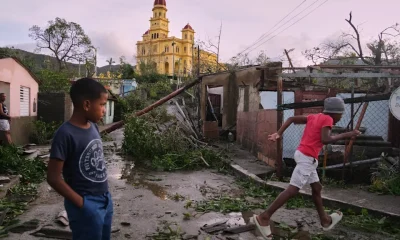
 International1 day ago
International1 day agoHurricane Melissa kills over 30, leaves thousands displaced in the Caribbean
-
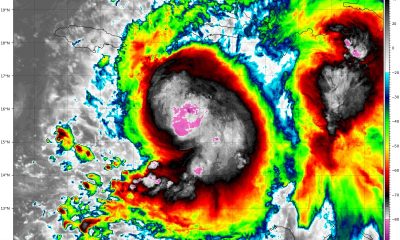
 International3 days ago
International3 days agoMelissa leaves path of destruction in Caribbean, 735,000 evacuated in Cuba
-

 International5 days ago
International5 days agoMexican journalist reporting on drug cartels killed in Durango
-
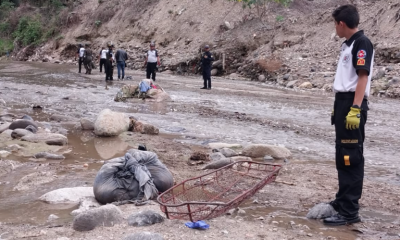
 Central America4 days ago
Central America4 days agoNew dismembered bodies found in San Juan river days after mass killing in Palencia
-

 Central America4 days ago
Central America4 days agoFour guatemalan soldiers arrested for stealing weapons from Northern Air Command
-
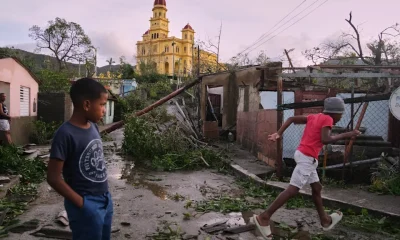
 International2 days ago
International2 days agoHurricane Melissa leaves Jamaican residents homeless as recovery efforts begin
-

 Central America4 days ago
Central America4 days agoArévalo accuses Porras and judge of undermining democracy in Guatemala
-

 Central America5 days ago
Central America5 days agoEl Salvador cracks down on narcotics: 24 tons confiscated in major anti-drug operation
-

 International3 days ago
International3 days agoArgentina’s Milei opens dialogue with parties to push “Second-Generation Reforms”
-
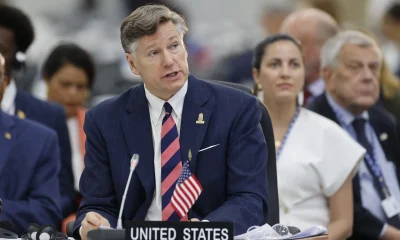
 International2 days ago
International2 days agoUS Deputy Secretary criticizes Mexico’s call to end Cuba trade embargo at UN
-

 International1 day ago
International1 day agoU.S. considering airstrikes on military sites in Venezuela, reports say
-
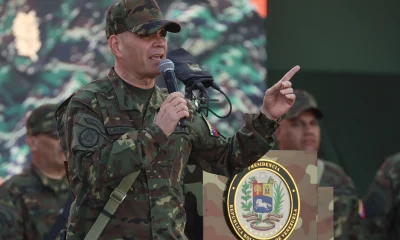
 International2 days ago
International2 days agoVenezuela warns citizens who call for invasion risk losing nationality
-

 Central America5 days ago
Central America5 days agoEl Salvador’s FGR prosecutes 89,875 gang members under state of exception
-
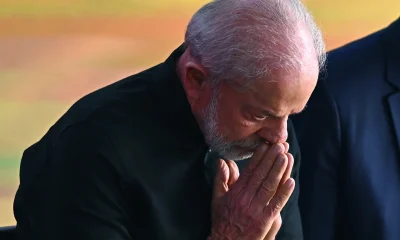
 International2 days ago
International2 days agoBrazilian president defends coordinated anti-drug operations after deadly Rio raid
-

 International2 days ago
International2 days agoTrump orders immediate U.S. nuclear testing, ending 30-year moratorium
-

 International1 day ago
International1 day agoTrump sets historic low refugee cap at 7,500, prioritizes white South Africans
-

 International2 days ago
International2 days agoMexico advances continental shelf claims at UN Commission in New York
-

 International1 day ago
International1 day agoU.S. warns China over Taiwan during high-level defense talks in Kuala Lumpur
-

 International2 days ago
International2 days agoSimeón Pérez Marroquín, ‘El Viejo,’ detained for role in Miguel Uribe Turbay assassination plot
-
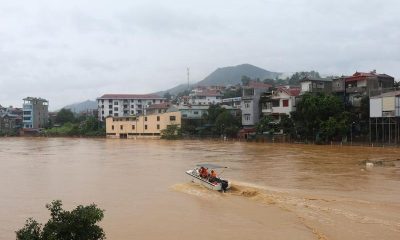
 International7 hours ago
International7 hours agoFloods in Central Vietnam leave 28 dead, thousands displaced
-

 International1 day ago
International1 day agoUNICEF: Over 700,000 children affected by Hurricane Melissa in the Caribbean
-

 International1 day ago
International1 day agoPope Leo XIV revives Global Compact on Education to confront cultural crisis
-

 International7 hours ago
International7 hours agoFBI foils ISIS-Inspired attack in Michigan, arrests five teens





































